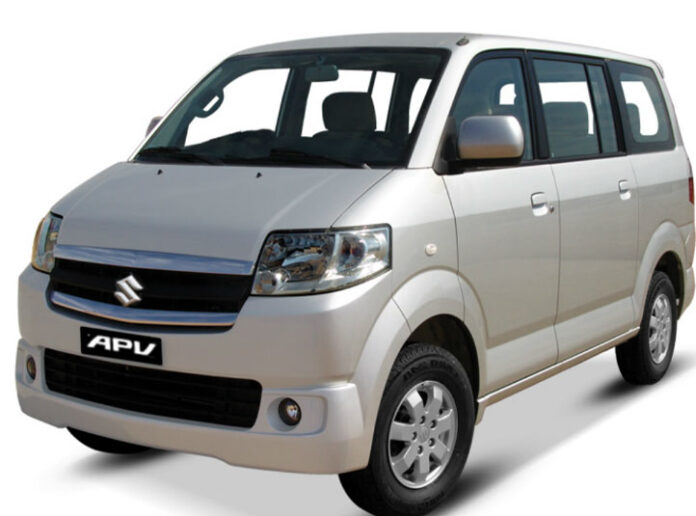Forland just introduced the Safari, a new MPV with seven seats, a respectably strong engine, and contemporary features and conveniences. It is in direct competition with Suzuki’s well-known APV, which is frequently rented by big families and travel agencies for excursions into the north.
The Safari’s general design is rather subdued. Large headlights, a modestly sloping hood, a roomy grille, and foglamps on the margins of the bumper are all present at the MPV’s front. Although the choice of paint seems quite dreary, at least for this specific Safari, the dual-tone paint lends it some individuality to make it stand out.
Forland just introduced the Safari, a new MPV with seven seats, a respectably strong engine, and contemporary features and conveniences. It is in direct competition with Suzuki’s well-known APV, which is frequently rented by big families and travel agencies for excursions into the north.
The Safari’s general design is rather subdued. Large headlights, a modestly sloping hood, a roomy grille, and foglamps on the margins of the bumper are all present at the MPV’s front. Although the choice of paint seems quite dreary, at least for this specific Safari, the dual-tone paint lends it some individuality to make it stand out.
A 1,500 CC 4-cylinder EFI engine and a 5-speed transmission power the Safari (Deluxe and Comfort versions). The engine’s 107 horsepower and 147 Nm of torque are comparable to the 104 horsepower and 128 Nm of the Suzuki APV, but with significantly more torque. The same 5-speed gearbox and 1,300 CC engine are included with the Standard variant. There is just a manual gearbox option for the MPV.
Forland asserts that Safari achieves an urban fuel efficiency of 13–14 kilometres per litre.






